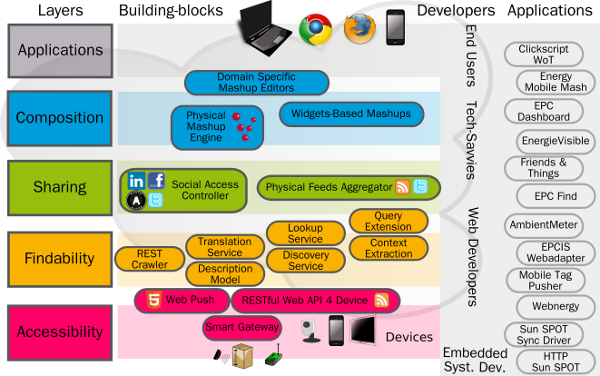Check Yourself Before You Wreck Yourself - Avocado's 5 Early Stages of Architecture Evolution
 Wednesday, April 10, 2013 at 9:25AM
Wednesday, April 10, 2013 at 9:25AM  In Don’t panic! Here’s how to quickly scale your mobile apps Mike Maelzer paints a wonderful picture of how Avocado, a mobile app for connecting couples, evolved to handle 30x traffic within a few weeks. If you are just getting started then this is a great example to learn from.
In Don’t panic! Here’s how to quickly scale your mobile apps Mike Maelzer paints a wonderful picture of how Avocado, a mobile app for connecting couples, evolved to handle 30x traffic within a few weeks. If you are just getting started then this is a great example to learn from.
What I liked: it's well written, packing a lot of useful information in a little space; it's failure driven, showing the process of incremental change driven by purposeful testing and production experience; it shows awareness of what's important, in their case, user signup; a replica setup was used for testing, a nice cloud benefit.
Their Biggest lesson learned is a good one:
It would have been great to start the scaling process much earlier. Due to time pressure we had to make compromises –like dropping four of our media resizer boxes. While throwing more hardware at some scaling problems does work, it’s less than ideal.
Here's my gloss on the article:





















